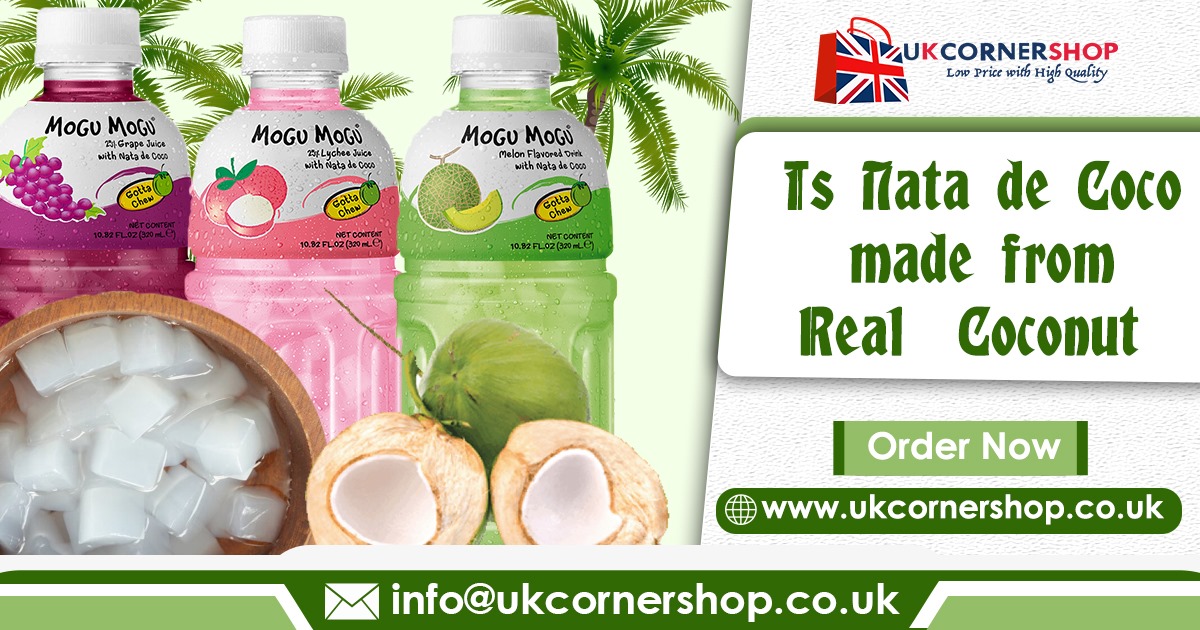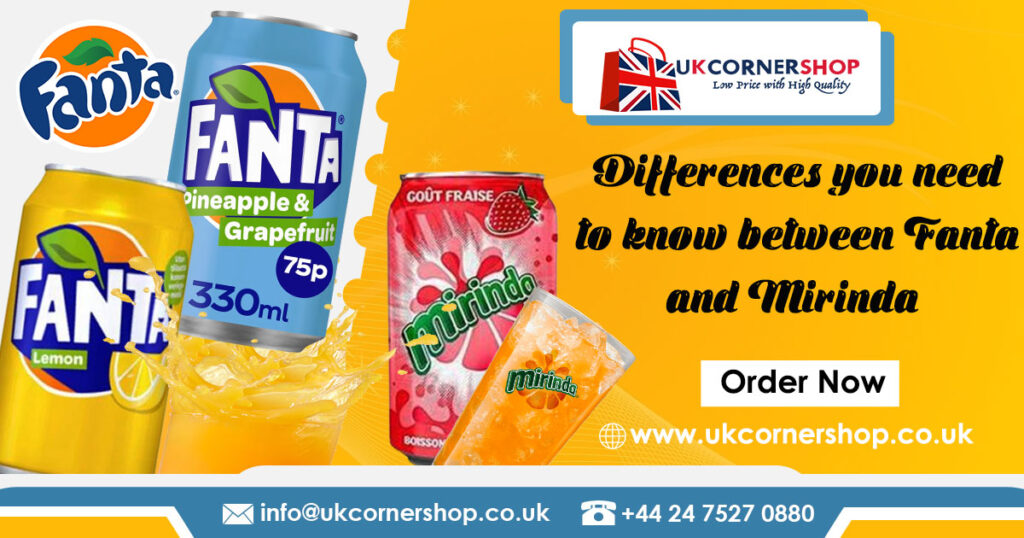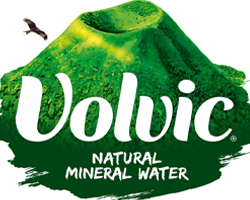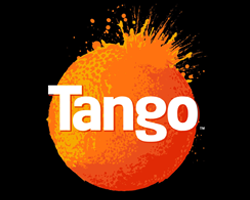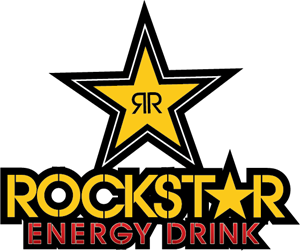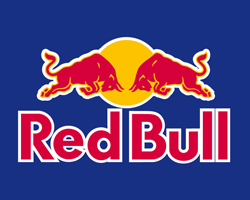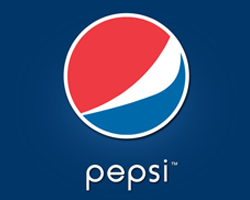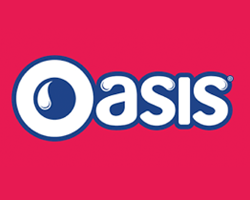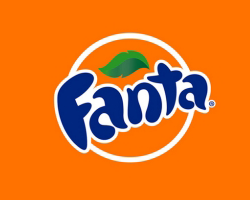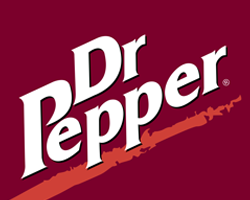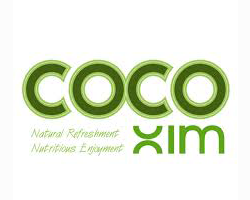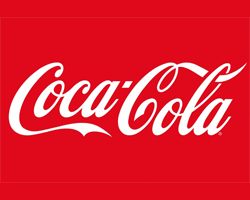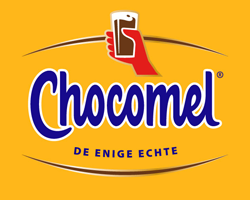In the world of culinary delights, there are few ingredients that can captivate our taste buds and ignite our curiosity quite like Nata de Coco. This unique and versatile ingredient, often found in Asian cuisine, has gained popularity worldwide for its distinct texture and delightful flavor. In this article, we’ll take a closer look at Nata de Coco, its origins, production process, culinary applications, and the growing fascination it holds in the world of gastronomy. Nata de coco in mogu mogu drink is also known to be a chewy drink.
Origin and History
Nata de Coco, a Filipino term that translates to “cream of coconut,” Its name comes from Spanish and means “coconut cream” or “coconut milk skin”. Originated in the Philippines and has a rich history dating back to the Spanish colonial period. The exact origin of nata de coco is unknown, but it is believed to have originated in the Philippines during the 18th century. The first written record of nata de coco is from a book published in 1790. The book describes a method for making nata de coco from pineapple juice.
Initially, it was created as a way to preserve coconut water, which is abundant in tropical regions. The fermentation process that results in Nata de Coco was discovered accidentally, making it a happy culinary accident with a fascinating backstory.
In 1973, a Filipino chemist named Teódula Kalaw África invented a new method for making nata de coco using coconut water. This method was more efficient and produced a higher quality nata de coco. As a result, nata de coco became more popular in the Philippines and began to be exported to other countries. Nata de Coco became incredibly popular in Japan in the 1990s. Today, nata de coco is produced in many countries around the world, including the Philippines, Indonesia, Thailand, China, and Vietnam.
Production Process
The production of Nata de Coco is a testament to human ingenuity. It starts with coconut water, which undergoes a fermentation process using Acetobacter xylinum, a type of bacteria that produces cellulose. The bacteria feed on the sugars present in the coconut water and create a gelatinous, translucent substance – Nata de Coco. This process can take several weeks, during which the Nata de Coco thickens and becomes more solid.
Once the desired consistency is achieved, the Nata de Coco is carefully harvested, washed, and sliced into small, chewy cubes or other shapes. It can be packaged as is or infused with various flavors, making it a versatile ingredient for both sweet and savory dishes.
Culinary Applications
Nata de Coco’s unique texture and mild, slightly sweet taste have made it a sought-after ingredient in a wide range of dishes and desserts. Here are some popular culinary applications
Desserts
It is a popular ingredient in many Southeast Asian dishes, such as halo-halo, a Filipino dessert made with shaved ice, fruits, and sweetened condensed milk. Nata de coco is also used in other desserts, such as fruit salads and jello. You can simply eat it plainly or use as a topping for yogurt or ice cream.
Drinks
Nata de Coco is a fantastic addition to beverages like fruit cocktails, smoothies, and bubble tea. The cubes absorb the flavors of the drink, creating a burst of flavor with every sip.
Savory Dishes
In some Asian cuisines, Nata de Coco is incorporated into savory dishes. Like salads, stir-fries, and even as a topping for sushi. Its neutral taste allows it to blend well with various flavors.
Snacks
Nata de Coco is also an ideal standalone snack. Its chewy consistency and subtle sweetness make it an excellent choice for those looking for a healthier alternative to traditional candies.
Health Benefits of Mogu Mogu drink
Nata de Coco extends its value beyond its culinary delights, offering a range of health benefits. Its primary component, cellulose, is an insoluble fiber known for its numerous health advantages. Including reducing the risk of heart disease, cancer, and diabetes, as well as lowering cholesterol levels in the bloodstream.
This nutritious substance can be harnessed as a functional food, easily made within communities by repurposing organic waste resources. Moreover, Nata de Coco also has a lot of essential vitamins and nutrients, further enhancing its potential as a functional food that confers additional health benefits.
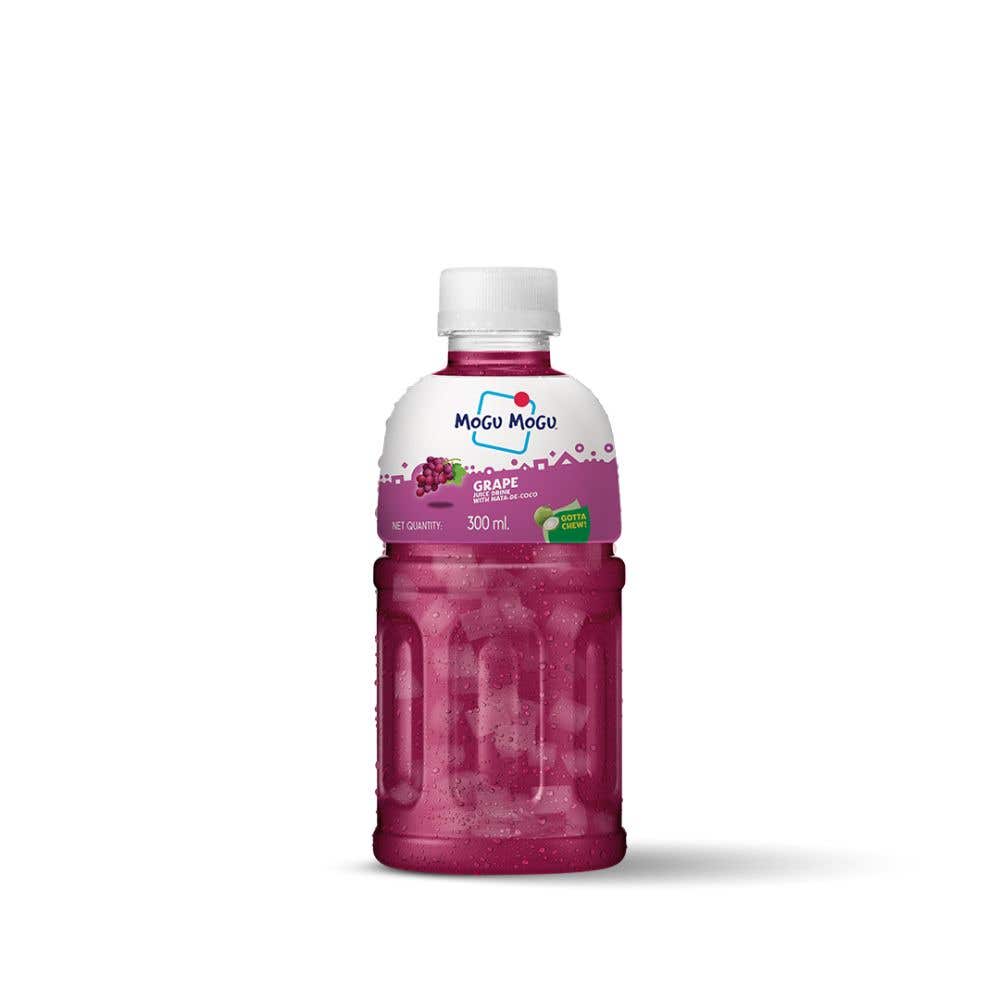 Additionally, Nata de Coco boasts a notable array of vitamins and minerals, such as potassium, calcium, and vitamin C, all of which contribute significantly to overall well-being.
Additionally, Nata de Coco boasts a notable array of vitamins and minerals, such as potassium, calcium, and vitamin C, all of which contribute significantly to overall well-being.
Furthermore, Nata de Coco serves as a reliable source of probiotics, which are beneficial microorganisms that can foster improved gut health and facilitate regular bowel movements.
Moreover, its high water content adds to overall hydration, a vital factor for a multitude of bodily functions, including temperature regulation and efficient digestion.
Lastly, the relatively low glycemic index (GI) of Nata de Coco means it has a gradual impact on blood sugar levels, which can be especially advantageous for individuals managing diabetes or those seeking to stabilize their blood sugar levels.
Is Nata de Coco in Mogu Mogu Drink from Real Coconut?
So, is nata de coco made from real coconut? The answer is yes, but not in the way that you might think. The coconut water or coconut milk is not the only ingredient to make nata de coco. Other ingredients, such as sugar and ammonium sulfate, are also present in the mixture. These ingredients help to promote the growth of the Acetobacter xylinum bacteria. And to create the desired texture of the nata de coco.
Mogu Mogu
Discover Mogu Mogu Juice Drink with Nata de Coco Bits. The ultimate fusion of beverage and snack in one delightful package! Mogu Mogu, which translates to “chewing” in Japanese, is a real fruit juice with chewy nata de coco cubes. It is made from the essence of young coconuts and available in a tantalizing array of flavors.
Originating from South East Asia. Where the cream of coconut has been used for generations in snacks and desserts, Nata de Coco is a unique and delicious addition that perfectly complements vibrant flavor spectrum of lychee mogu mogu.
The nutritional value of Nata de Coco in Mogu Mogu drink
The nutritional value of Nata de Coco can vary slightly depending on factors such as the specific production process and any added ingredients. However, here is a general overview of the typical nutritional composition of Nata de Coco per 100 grams
Calories
Approximately 35-45 calories.
Carbohydrates
Nata de Coco is primarily consists of carbohydrates, mainly in the form of glucose and fructose. The carbohydrate content can range from 8 to 12 grams per 100 grams.
Dietary Fiber
Nata de Coco is a good source of dietary fiber, with about 2-3 grams per 100 grams.
Protein
Nata de Coco contains minimal protein, usually around 0.2-0.4 grams per 100 grams.
Fat
Nata de Coco is virtually fat-free, with negligible fat content.
Vitamins and Minerals
Nata de Coco contains small amounts of potassium, calcium, and vitamin C.
Sugar
Unsweetened Nata de Coco has minimal natural sugars, while sweetened versions can have higher sugar content.
Sodium
Nata de Coco is naturally low in sodium, making it suitable for those on a low-sodium diet. Nata de Coco’s journey from an accidental discovery to a beloved ingredient in kitchens around the world is a testament to the culinary world’s capacity for innovation and adaptation. If you are looking for a healthy and delicious snack or dessert, nata de coco is a great option.
Nata de coco is made from real coconut, but it also contains other ingredients that help to give it its unique texture and flavor. Nata de coco is a versatile food.
Whether you’re savoring it in a dessert, a drink, or a savory delight, Nata de Coco is sure to continue delighting taste buds for generations to come. So, the next time you encounter this translucent gem, remember the rich history and delicious possibilities it represents.
Where to Buy Nata de Coco in the United Kingdom?
Mogu Mogu, the fruit drink with chunks of Nata de Coco is readily available in many shops and supermarkets in the United Kingdom, But if you are looking to buy them at a very affordable price, UK Corner Shop is the best choice. Our convenience store is also the go-to destination for Mogu Mogu drink and other popular consumer brands in the UK.



